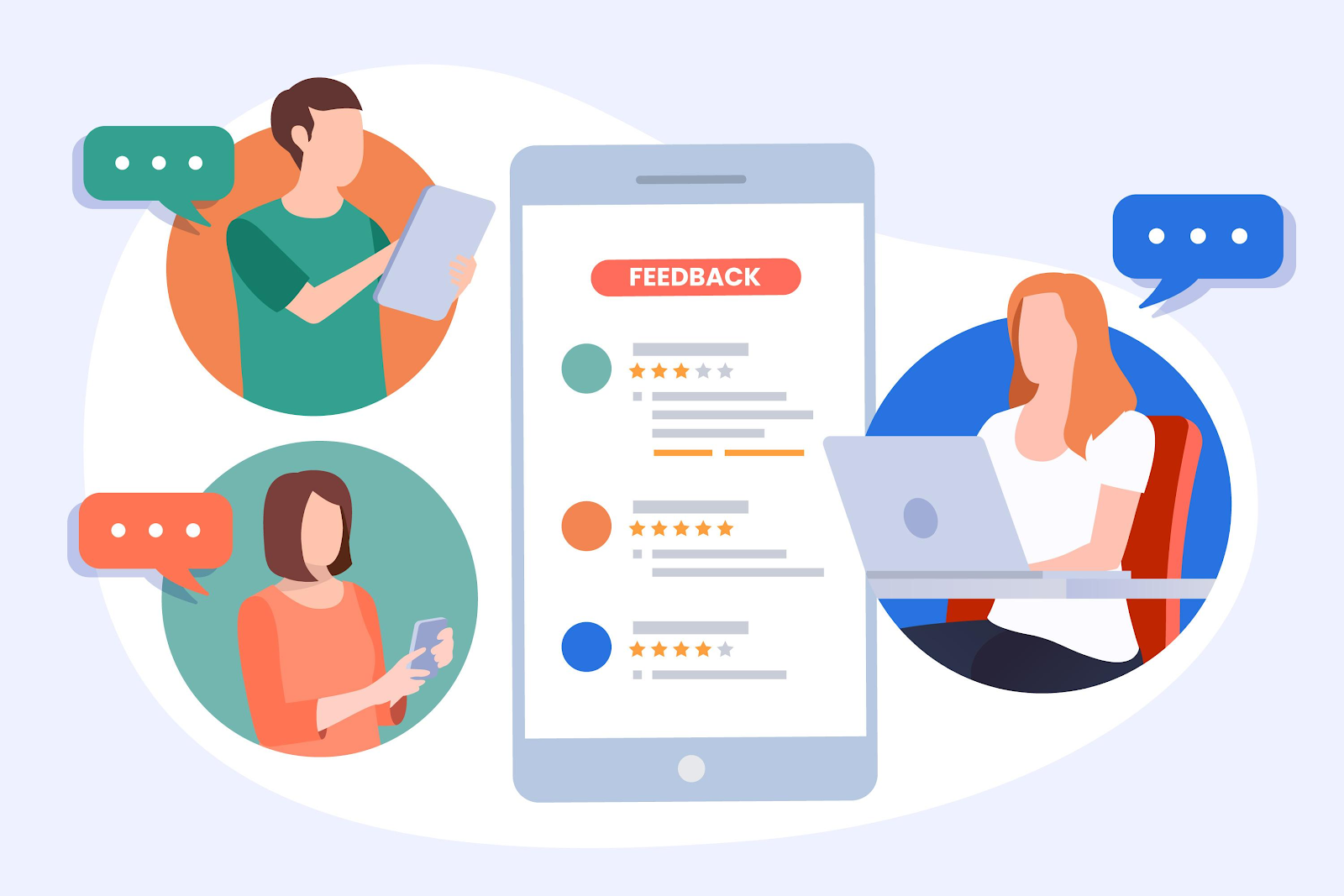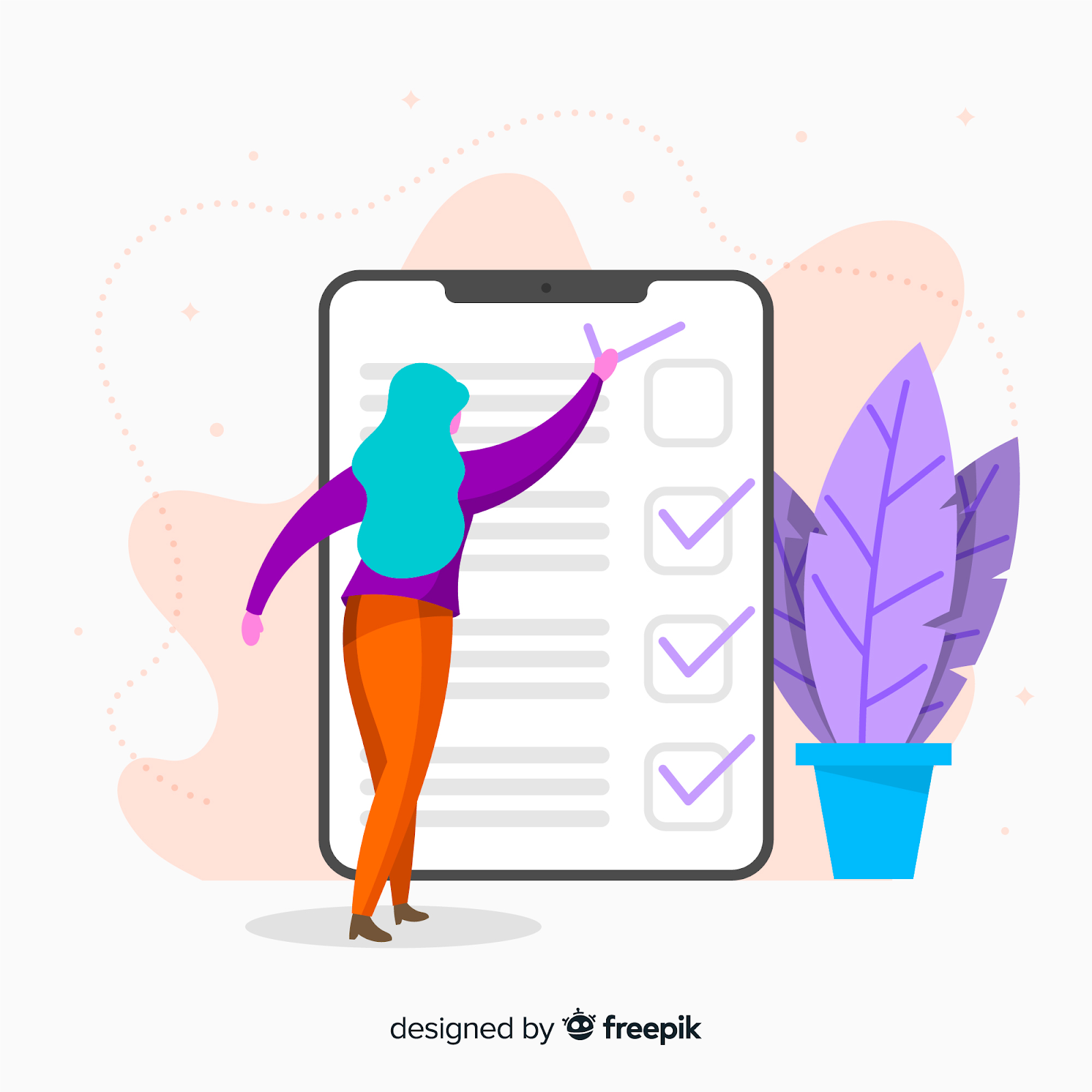An effective survey is the best way to collect customer feedback. It can help you improve your product, refine your market research, develop new marketing strategies, and so much more.
But what makes a survey effective?
It boils down to two key elements: using software like FullSession and asking the right survey questions. Well-crafted survey questions can provide clear insights from your audience, guiding you on what steps to take next.
However, designing a survey can be challenging—you want to ensure that every question serves a purpose.
In this article, we’ll explore everything you need to know about creating survey questions, complete with 90 examples and practical use cases.
We will also show you how to use FullSession to create customer feedback forms, measure user sentiment and evaluate detailed reports on user experience and satisfaction.
Get Immediate Feedback From Customers
Learn how our customer feedback tools help you identify recurring issues and user needs. We'll show you how everything works and help you detect and fix website issues before they affect your customer experience.
FullSession is a user behavior analytics software that enables you to visualize all user interactions, analyze trends and patterns with laser precision and optimize your website for peak performance.
Key features include:
Get a demo now to see FullSession in action.
You must build a feedback form using FullSession's intuitive tools to create an effective customer survey. Our platform offers a user-friendly drag-and-drop editor that allows you to quickly create CSAT (Customer Satisfaction) surveys or open-ended question forms.
After activating your feedback form, it will appear on your website. Depending on your chosen settings, the form may look similar to this one.
As your customers respond to your survey questions, FullSession will gather and present all the data in clear, easy-to-understand visual reports.
For every customer response you receive, FullSession provides comprehensive details, including:
You can also check the results and spot trends in customer feedback.
Get a demo today to see how FullSession works in real-time.
Our customer feedback forms allow you to gather real-time insights into user sentiments regarding your site's performance. Each feedback submission is linked to a session recording, enabling you to watch the specific user interactions that led to their comments.
Additionally, you can access click, mouse movement, and scroll heatmaps to evaluate customer engagement on your web pages. This data helps you identify areas where users may be experiencing frustration, allowing you to implement quick solutions to improve their experience.
FullSession also prioritizes your users' privacy above all else. Our security user behavior analytics and commitment to GDPR, CCPA, and PCI standards guarantees robust protection and utmost respect for user data.
Transform Digital Experiences with FullSession
Join over 200 businesses using our user behavior analytics software.
Now that we've covered creating a customer feedback form using FullSession, let's explore practical survey questions. These questions can make or break the quality of the feedback you receive, so it's crucial to get them right.
Understanding the anatomy of a good survey question can transform your approach to data collection, ensuring you gather information that's both actionable and insightful. Let's dive deeper into the elements that make a survey question effective:
Keep these points in mind as you prepare to write your survey questions. It also helps to refer back to these goals after drafting your survey so you can see if you hit each mark.
The primary goal of a survey is to collect information that would help meet a specific goal, whether that be gauging customer satisfaction or getting to know your target audience more. Asking the right survey questions is the best way to achieve that goal. More specifically, a good survey can help you with:
A solid foundation of data is essential for any business decision, and the right survey questions point you in the direction of the most valuable information.
Survey responses serve as a basis for the strategic decisions that can propel a business forward or redirect its course to avoid potential pitfalls. By understanding what your audience truly wants or needs, you can tailor your products or services to meet those demands more effectively.
Today's consumers have more options than ever before, and their preferences can shift with the wind. Asking the right survey questions helps you tap into the current desires of their target market, uncovering trends and preferences that may not be immediately obvious.
This insight allows you to adapt your products, services, and marketing messages to resonate more deeply with the target audience, fostering loyalty and encouraging engagement.
No product, service, or customer experience is perfect, but the path to improvement lies in understanding where the gaps are. The right survey questions can shine a light on these areas, offering a clear view of what's working and what's not.
This feedback is invaluable for continuous improvement, helping you refine your products and enhance the customer experience. In turn, this can lead to increased satisfaction, loyalty, and positive word-of-mouth.
Churn rate is the percentage of customers who stop using your service or product over a given period. High churn rates can be a symptom of deeper issues, such as dissatisfaction with the product or service, poor customer experience, or unmet needs. Including good survey questions can help you identify the reasons behind customer departure and take proactive steps to address them.
For example, survey questions that explore customer satisfaction levels, reasons for discontinuation, or the likelihood of recommending the service to others can pinpoint specific factors contributing to churn.
Bounce rate is the percentage of visitors leaving a website after viewing just one page. High bounce rates may signal issues with a site's content, layout, or user experience not meeting visitor expectations.
Utilizing surveys to ask about visitors' web experiences can provide valuable insights into website usability, content relevance, and navigation ease. Effectively, well-crafted survey questions aimed at understanding the user experience can lead to strategic adjustments, improving overall website performance, and fostering a more engaged audience.

A good survey consists of two or more types of survey questions. However, all questions must serve a purpose. In this section, we divide survey questions into nine categories and include the best survey question examples for each type:
Open-ended questions allow respondents to answer in their own words instead of selecting from pre-selected answers.
When to use open-ended questions: Using these survey questions is a good idea when you don't have a solid grasp of customer satisfaction yet. Customers will have the freedom to express all their thoughts and opinions, which, in turn, will let you have an accurate feel of how customers perceive your brand.
Multiple-choice questions offer a set of predefined answers, usually three to four. Businesses usually use multiple-choice survey questions to gather information on participants' attitudes, behaviors, and preferences.
When to use multiple-choice questions: Asking multiple-choice questions can help with market research and segmentation. You can easily divide respondents depending on what pre-determined answer they choose. However, if this is the purpose of your survey, each question must be based on behavioral types or customer personas.
Yes or no questions are straightforward, offering a binary choice.
When to use yes/no questions: These survey questions are very helpful in market screening and filtering out certain people for targeted surveys. For example, asking "Have you used our product before?" helps you separate the people who have tried out your product, a.k.a. the people who qualify for your survey.
Rating scale questions ask respondents to rate their experience or satisfaction on a numerical scale.
When to use rating scale questions: As you can see from the survey question examples above, rating scale questions give you excellent quantitative data on customer satisfaction.
Checkbox questions allow respondents to select multiple answers from a list. You can also include an "Others" option, where the respondent can answer in their own words.
When to use checkbox questions: Checkbox questions are an excellent tool for collecting psychographic data, including information about customers' lifestyles, behaviors, attitudes, beliefs, etc. Moreover, survey responses will help you correlate certain characteristics to specific market segments.
Rank order questions ask respondents to prioritize options according to their preference or importance.
When to use rank order questions: Respondents must already be familiar with your brand or products to answer these questions, which is why we recommend using these for customers in the middle or bottom of your conversion funnel.

Likert scale questions measure the intensity of feelings towards a statement on a scale of agreement or satisfaction. Usually, these survey questions use a 5 to 7-point scale, ranging from "Strongly Agree" to "Strongly Disagree" or something similar.
When to use Likert scale questions: You can use these survey question examples in different types of surveys, such as customer satisfaction (CSAT) surveys. Likert scale questions give you precise measurements of how satisfied respondents are with a specific aspect of your product or service.
Matrix survey questions allow respondents to evaluate multiple items using the same set of response options. Many companies combine matrix survey questions with Likert scales to make the survey easier to do.
When to use matrix survey questions: Ask matrix survey questions when you want to make your survey more convenient to answer, as they allow multiple questions on various topics without repeating options. This is particularly helpful when you want to cover many points of interest in one survey.
Lastly, demographic questions collect basic information about respondents, aiding in data segmentation and analysis.
When to use demographic questions: From the survey question examples, you can easily tell that these questions aim to collect information on your respondents' backgrounds, which will be helpful in creating buyer personas and improving market segmentation.

Surveys can help you accomplish many things for your business, but only if you do it right. Creating the perfect survey isn't just about crafting the best survey questions, you also have to:
Before crafting your survey, be clear about what you want to achieve. Whether it's understanding customer satisfaction, gauging interest in a new product, or collecting feedback on services, having specific objectives will guide your survey design and ensure you ask the right questions.
Understanding who your respondents are will help tailor the survey to their interests and needs, increasing the likelihood of participation. Consider demographics, behaviors, and preferences to make your survey relevant and engaging to your target audience.
Utilize a mix of the nine types of survey questions to gather a wide range of data. Balance open-ended questions for qualitative insights with closed-ended questions for easy-to-analyze quantitative data. Ensure each question aligns with your objectives and is clear and concise.
Respondents are more likely to complete shorter surveys. Aim for a survey that takes 5-10 minutes to complete, focusing on essential questions only. A straightforward and intuitive survey design encourages higher response rates.
Avoid technical jargon, complex words, or ambiguous terms. The language should be accessible to all respondents, ensuring that questions are understood as intended.
Assure respondents that their answers are anonymous and their data will be kept confidential. This assurance can increase the honesty and accuracy of the responses you receive.
Pilot your survey with a small group before full deployment. This testing phase can help identify confusing questions, technical issues, or any other aspects of the survey that might hinder response quality or quantity.
Select the most effective channels to reach your target audience. This could be via email, social media, your website, or in-app notifications, depending on where your audience is most active and engaged.
Consider offering incentives to increase participation rates. Incentives can range from discounts, entry into a prize draw, or access to exclusive content. Ensure the incentive is relevant and appealing to your target audience.
After collecting the responses, analyze the data to extract meaningful insights. Use these insights to make informed decisions, implement changes, or develop strategies that align with your objectives. Sharing key findings and subsequent actions with respondents can also demonstrate the value of their feedback and encourage future participation.
Consider following up with respondents after the survey, especially if you promised to share results or if you're conducting longitudinal studies. A follow-up can reinforce their importance to your research and maintain engagement over time.
Surveys are not a one-time activity. Regularly conducting surveys and iterating based on previous feedback and results can help you stay aligned with your audience's changing needs and preferences.
These survey question examples are a great place to start in creating efficient and effective surveys. Why not take it a step further by integrating a customer feedback tool on your website?
FullSession lets you collect instant feedback with an intuitive in-app survey. You can:
You can also:
Turn User Feedback into Growth Opportunities
Discover how our advanced feedback tools can help you understand user sentiments and address their needs effectively.

The FullSession platform offers a 14-day free trial. It provides two paid plans—Basic and Business. Here are more details on each plan.
Here are more details on each plan.
It takes less than 5 minutes to set up your first website or app survey form, with FullSession, and it's completely free!
Aim for 10-15 questions to keep surveys short and engaging, ideally taking 5-10 minutes to complete. Focus on questions that directly support your objectives.
Use neutral language, avoid assumptions, balance answer choices, and pre-test your survey with a diverse group to identify and correct biases.
To boost response rates, ensure your survey is concise and relevant to the audience. Use engaging questions, offer incentives where appropriate, and communicate the value of respondents' feedback. Choose the right distribution channels to reach your target audience effectively.

The best digital analytics tools collect, track, and analyze user behavior data to help you optimize your online presence and.

Selecting the best analytics tool for your company isn't always easy. Without the right information, you could end up with.

Customer feedback is vital for creating an excellent customer experience and keeping users happy with your brand. The best customer feedback.

Web analytics are essential for anyone facing customer loss or missed opportunities due to issues on their website. Visitors can.

Web analytics tools, specifically user behavior analytics, are a must for understanding how visitors interact with your website—beyond just basic.
Elevate Your Product Experience
Book a demo and learn more about what we can offer you